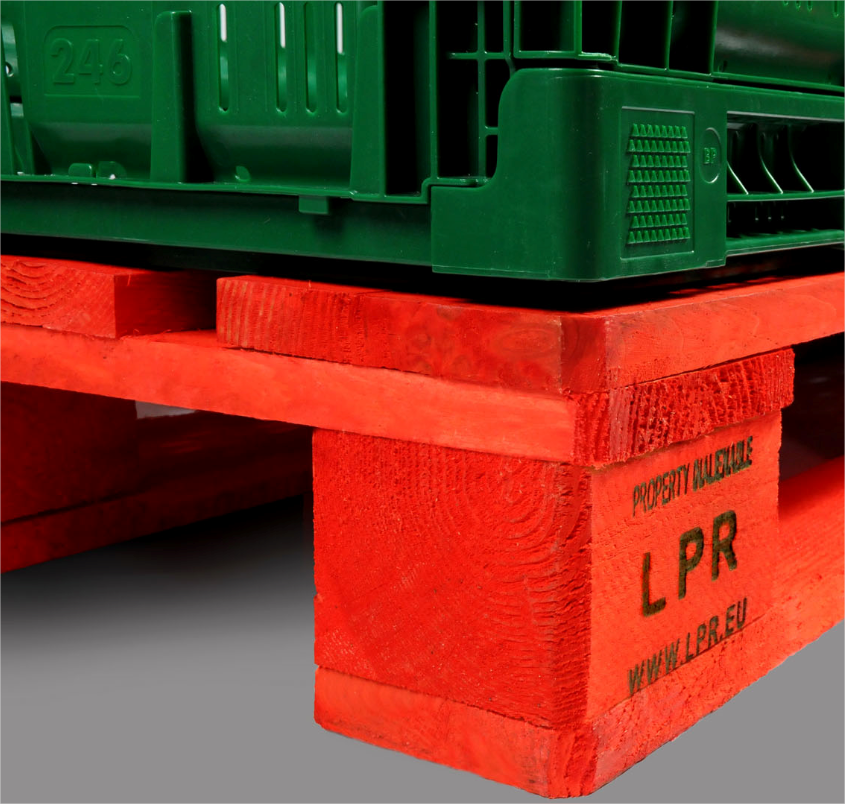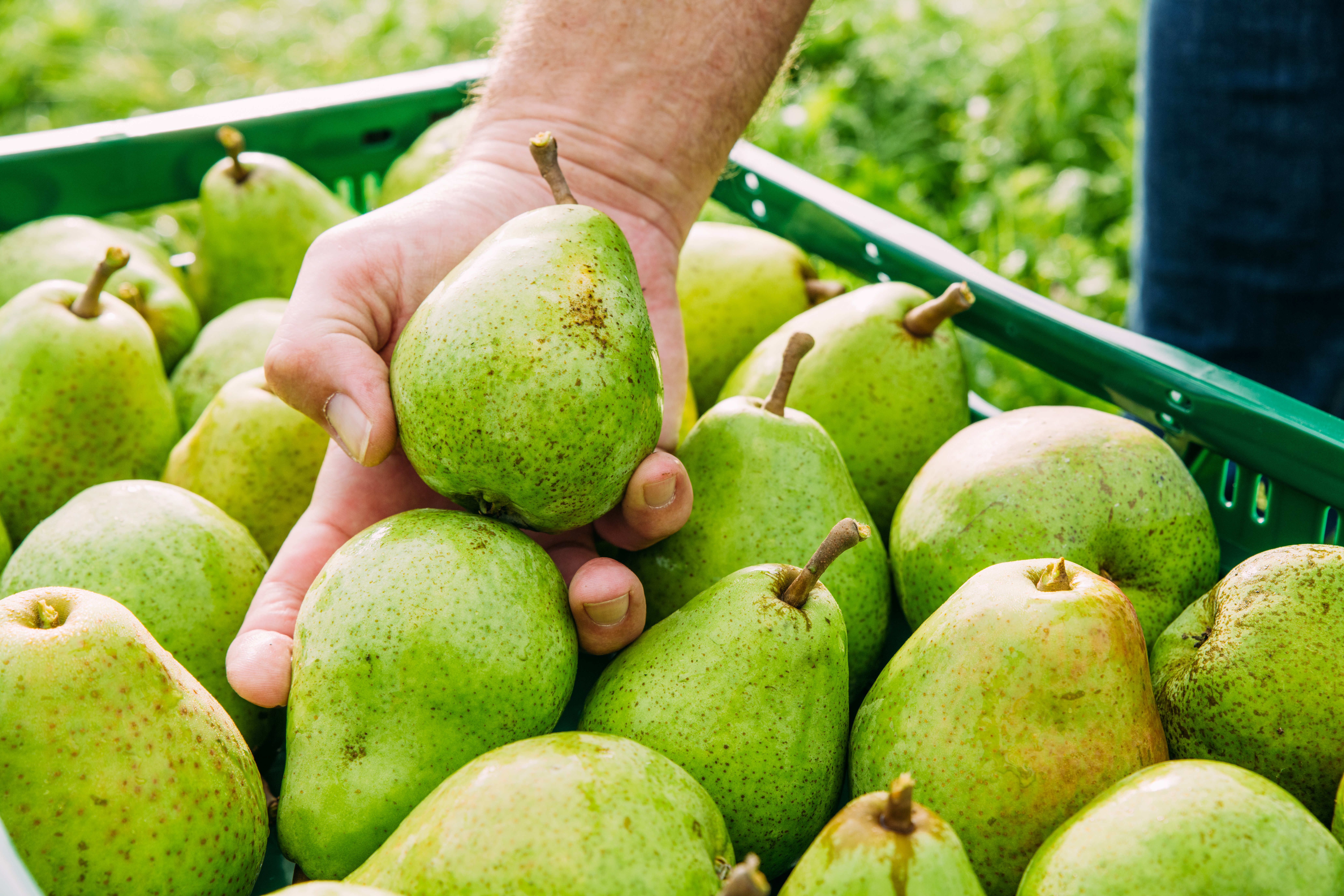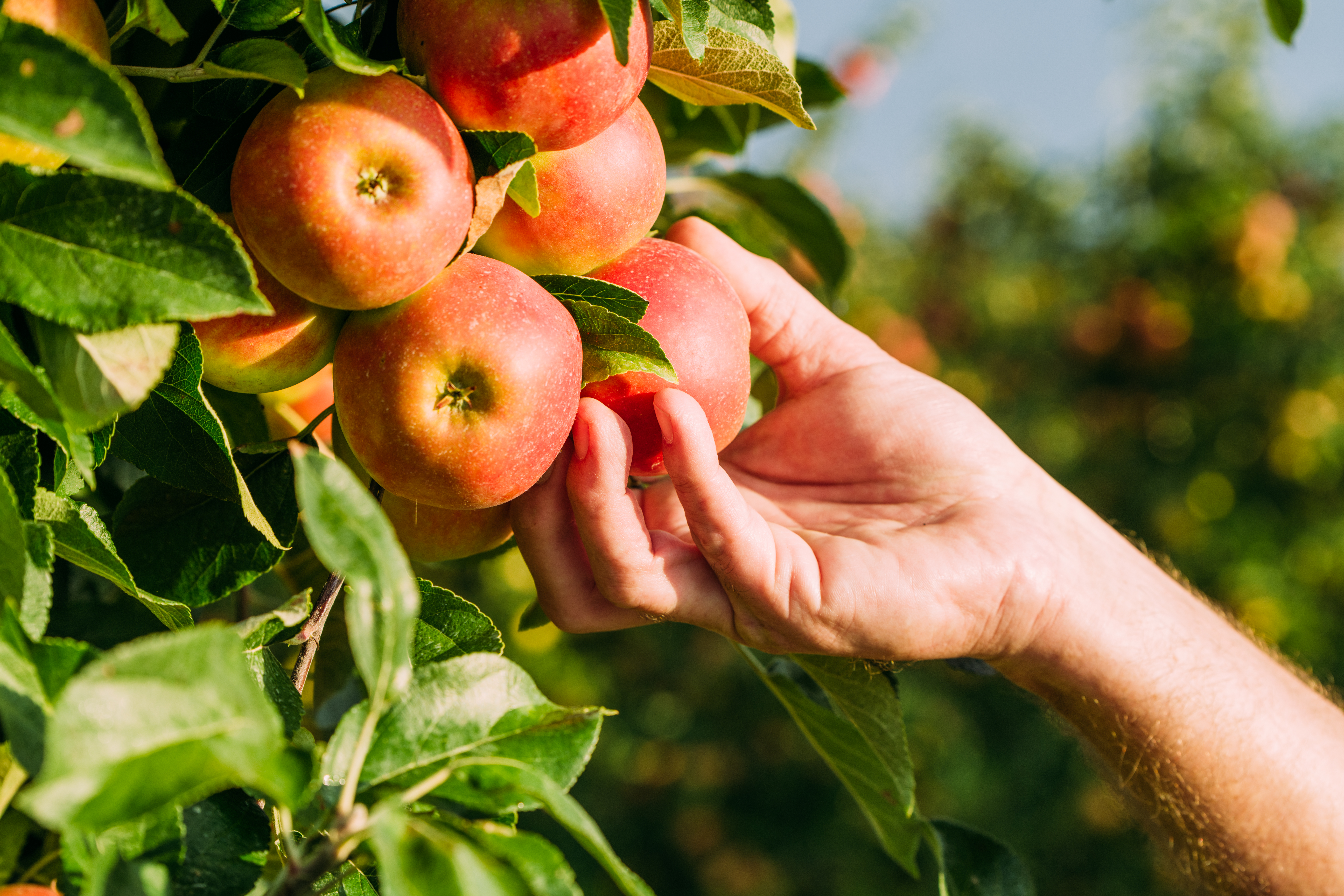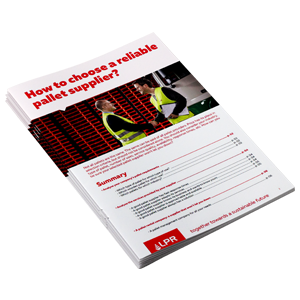Fruit and vegetables are delicate. Their transport requires specific, sturdy and robust packaging.
Selecting the correct transport packaging and handling methods for fruit and vegetables is a tricky decision, and one which can impact the integrity and quality of the transported products, as well as the amount of food waste generated. In fact, the chosen solution could even affect the health of the end user, the consumer!
Given the ongoing changes in the supply chain, many professionals working within this sector are constantly considering the options available.
In this article, you'll discover why reusable packaging is the best possible option for transporting fruit and vegetables.
Menu:
1 | What is reusable fruit and vegetable packaging?
2 | Transport your fruit and vegetables sustainably
3 | Reducing waste in the transport of fruit and vegetables
1. What is reusable fruit and vegetable packaging?
Reusable packaging is, as its name implies, packaging that can be used more than once.
There are several reusable packaging options for fruit and vegetables, including:
-
Plastic storage boxes. Their simple folding design makes them easy to stack and transport. They are ideal for carrying produce from the producer to the supermarket. Here is an example of one such option, visit the Europool System website.
-
Wooden Pallets (like those from LPR - La Palette Rouge) are used to transport boxes containing fruit and vegetables.
The reuse of these packaging options depends on a system of pooling. The packaging is leased, and the pooling company that owns it is responsible for its quality.
Once the packaging has been used, the owners can collect it for repair (if necessary) and reuse.
2. Transport your fruit and vegetables sustainably
In the current economic climate, both authorities and consumers expect their suppliers to work towards a sustainable future.
This is why, led by new consumer habits and stricter legislation, supply chain businesses are encouraged to behave in a more sustainable way.
One way to do this is to reduce the amount of packaging materials used.
2.1. Reusable packaging to reduce waste
The growing concern for the environment by consumers is pushing fruit and vegetable sellers to give more serious consideration to reusable packaging.
By using a pooling system, packaging is managed throughout its life cycle: it is collected after use, and then repaired (where required), before being reused again (this applies to both the boxes and the pallets).
This solution offers a significant advantage: it reduces the amount of single-use packaging waste by extending its lifespan.
2.2. The need to protect consumer health
Until recently, many fruit and vegetable transporters used single-use packaging. This type of packaging can only be used once before being sent for recycling (assuming that it can be recycled).
However, is that really such a good idea?
While recyclable packaging is more environmentally friendly than non-recyclable traditional packaging, it’s important to remember that recycling used bottles or plastic bags is still creating single-use waste.
Because using recyclable packaging is simpler, and seemingly less expensive than using reusable packaging, people often choose to use it.
But such packaging can present a hazard to consumers if proper care is not taken during use.
According to Patricia Megale Coelho, a researcher in reusable packaging and circular economy at Utrecht University:
“There are still uncertainties about the health and safety of food packed in recycled packaging, because they can increase the migration of chemicals from the packaging to the food.”
With this in mind it's best to be cautious and make sure you're using packaging that is respectful of consumer health when transporting your fruit and vegetables.
2.3. Fresh supply chain management and cold chain logistics
The use of standardised packaging is in the interest of all supply chain stakeholders.
When all of the partners within a supply chain use standardised packaging, they can all make significant savings while maximising the efficiency of their logistics processes and also create interconnecting supply chains.

3. Reducing waste in the transport of fruit and vegetables
Reusable packaging has already proven its effectiveness in stores (tote bags, plastic bottles that can be refilled for example), so it's time to consider reusable packaging as a serious option for shipping goods.
3.1. Using reusable packaging to reduce costs
Many fruit and vegetable retailers still believe that single-use packaging offers good value for money.
This is not true! In the short term, or in the long term!
Let's take a closer look:
-
During procurement: reusable packaging is an economic alternative to the purchase of disposable packaging, which requires capital investment.
-
When filling packaging: let’s take the example of reusable plastic containers. These are designed to be easily transportable and manipulable, which is not always the case for single-use cartons. Reusable plastic containers are more easily collapsible, and they allow for automated inventory control. You save money on labour costs, and your merchandise is better protected during shipping.
-
On the supply chain of the distributor: reusable packaging makes for easier handling in the warehouses of your distributors. It also allows for savings on recycling management of packaging.
-
After transportation: your food losses are reduced and therefore your food waste is also reduced. Your reusable packaging is recovered so that it can be reused.
-
And so on: your reusable packaging can be reused for years. At the end of its life, and after many trips, re-usable packaging can then be recycled.
3.2. Reduce food waste
When it comes to cartons used for transporting fruit and vegetables, single-use cardboard containers are often responsible for fruit and vegetable damage during transport due to lack of rigidity.
When you consider the full extent of the loss, which could exceed several tons of goods in a year; and the financial impact on a company's turnover, it is easy to see why a company might need to take swift action.
Plastic reusable containers are solid and durable, ensuring that all fruit and vegetables have a smooth trip, which reduces food waste significantly.
According to the document “Carbon Footprint of Packaging Systems for Fruit and Vegetable Transports in Europe” published by Fraunhofer in 2018, using reusable packaging could reduce food waste by as much as 3500%.

3.3. Reducing your carbon footprint
To accurately compare recycled and reusable packaging products, and how well they meet the challenges of our time, we need to compare their carbon footprint.
Reusable packaging is managed throughout its life cycle, which means it lasts longer (up to 5 years in the case of LPR pallets). Therefore, reusability means less production of new packaging, and a reduction in CO2 emissions.
And reusable packaging is recyclable too.
After several years of use, plastic storage boxes are transformed into powder which can, for example, be reused to make garden furniture.
At LPR - La Palette Rouge, wood pallets are turned into wood pellets for heating.
In fact, studies show that using reusable packaging for fruit and vegetable transportation can reduce your carbon footprint by 260%.
____________
To conclude this article on the best packaging for transporting fruit and vegetables, it's important to remember that your choice will have significant consequences.
-
For consumers: bad packaging could seriously affect the quality of your product's shelf life.
-
For the planet: even though you might think the choice of packaging has little impact on the environment, studies show that it could make a real difference.
-
For your wallet: for fresh-food supply chains, packaging costs are often significant, and may sometimes cause considerable losses. Switching to reusable packaging limits costs associated with purchasing and managing those materials.
Do you want to help build a sustainable future with us?
Choose LPR’s wooden pallets to transport your goods, ensure proper functionality of your supply chain, and put sustainability at the heart of your operation. Contact us for more information !



